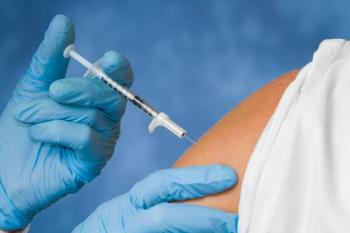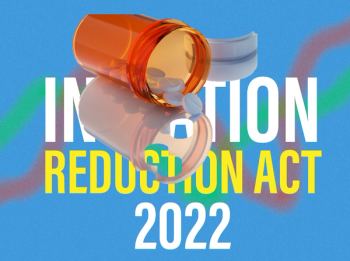
Experimental Drug Dordaviprone Shows Promise Against Rare, Incurable Brain Tumor in Study
ONC201 (dordaviprone) displayed “well tolerated and durable and clinically meaningful efficacy in Histone 3 (H3) K27M mutant-diffuse midline glioma DMG.”
An experimental drug option, ONC201 (dordaviprone) could act as a new treatment for some patients with a rare incurable brain tumor, Histone 3 (H3) K27M mutant-diffuse midline glioma DMG.
In a study recently published in the
The (H3) K27M mutation is common DMG leads to a poor median overall survival (OS) of around 1 year, with prognosis varying based on genotype and age at diagnosis. These gliomas, primarily found in midline brain structures, often cannot be surgically removed.
Researchers across numerous health systems in the U.S examined the use of dordaviprone in DMG as the brain tumor has a dismal prognosis with no established effective therapy beyond radiation.
There were 50 patients (pediatric: 4; adult: 46) with recurrent H3 K27M–mutant DMG who received dordaviprone monotherapy in the clinical trial.
Eligible patients had a measurable disease and performance score (PS) more than 60 and were 90 days from radiation, with other brain tumors excluded.
The study assessed response rates, duration (DOR) and time to response (TTR) using Response Assessment in Neuro-Oncology (RANO) criteria in recurrent H3 K27M–mutant DMG patients receiving the monotherapy.
Results showed a 20.0% ORR (RANO- high-grade glioma (HGG)) with a median TTR of 8.3 months and a median DOR of 11.2 months.
The combined ORR by RANO-HGG or low-grade glioma (LGG) criteria was 30.0%. Corticosteroid dose reduction (more than 50%) occurred in 46.7%, and PS improvement in 20.6% of patients.
Grade 3 treatment-related adverse events were 20.0%, with fatigue being the most common (10%); no grade 4 events, deaths, or discontinuations occurred.
With limited effective therapies for H3 K27M–mutant DMG, the poor prognosis needs further research on dordaviprone’s efficacy.
A
The 2021 WHO disease definition suggests further research of dordaviprone in H3 K27me3 loss patients, regardless of H3 K27M mutation presence.Bottom of Form
Newsletter
Get the latest industry news, event updates, and more from Managed healthcare Executive.





















































